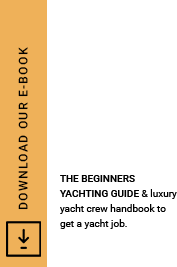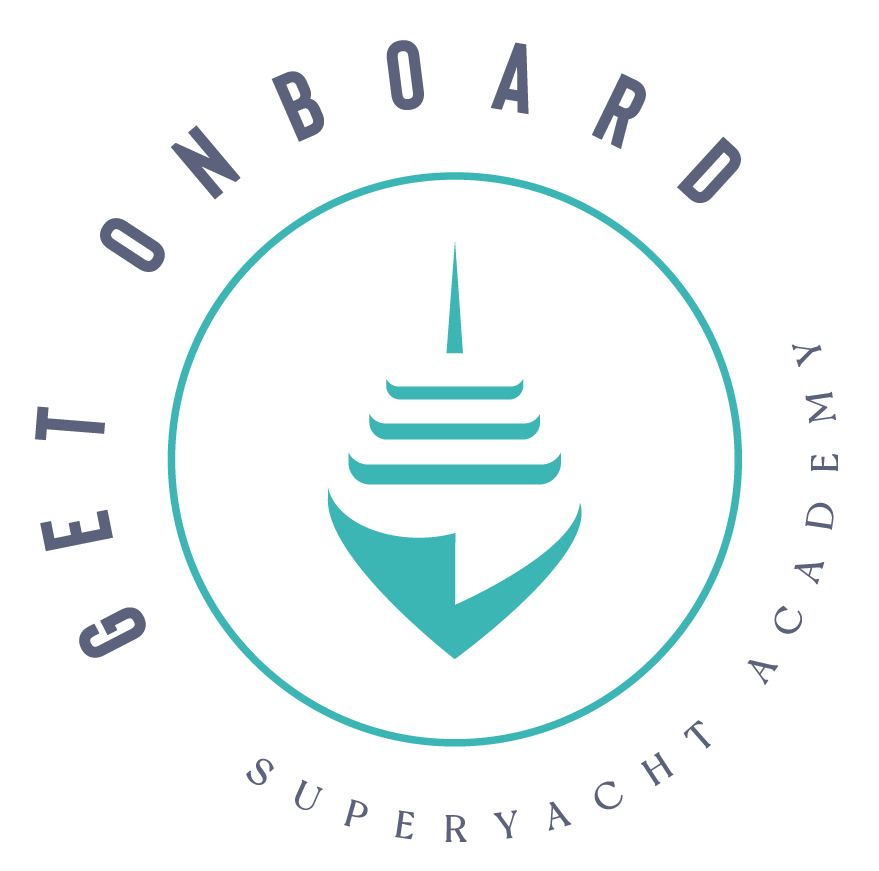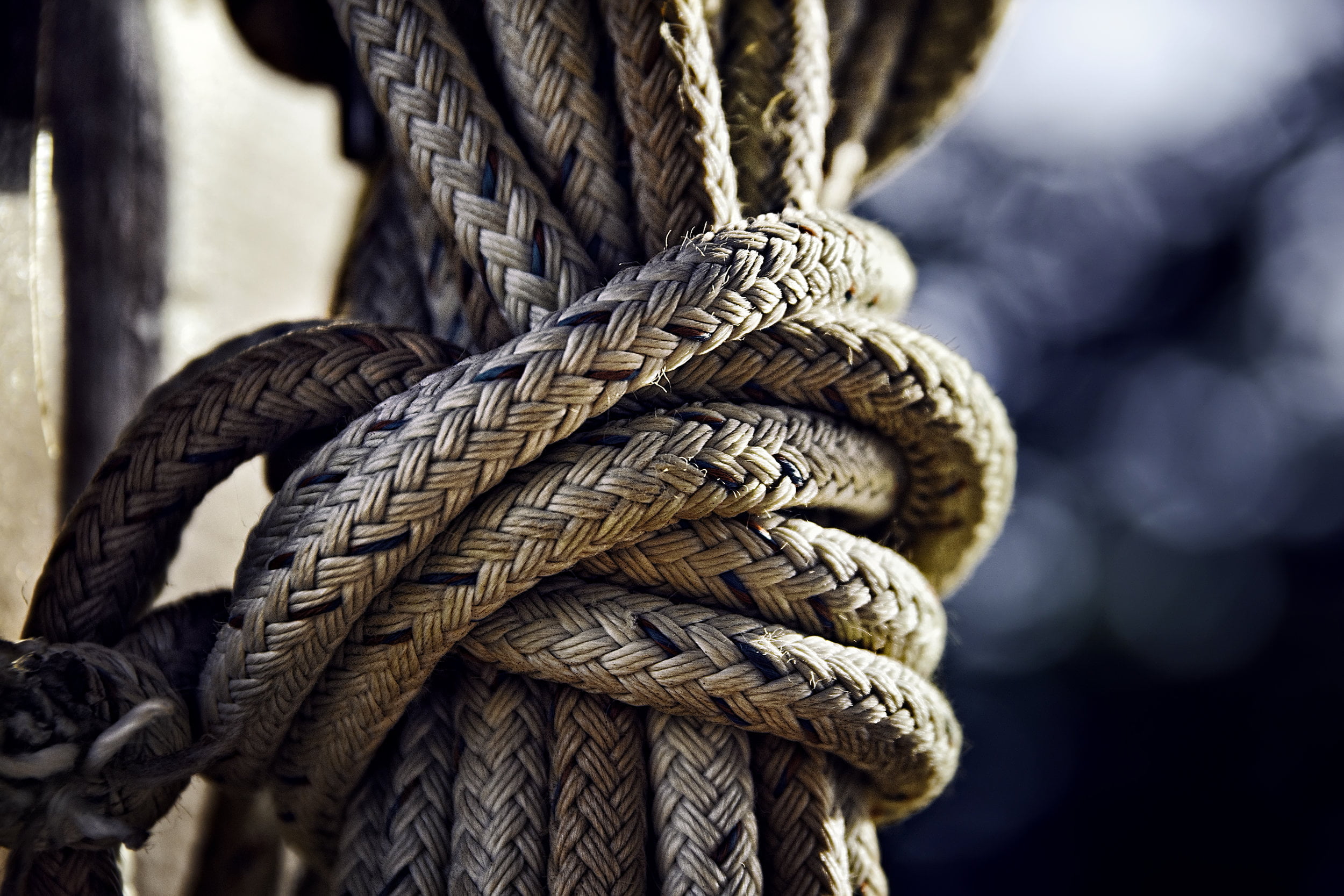You know that old saying – “if you don’t know knots, tie lots”… well that doesn’t really work in the yachting industry.
We are going to list the most commonly used knots onboard. If you can master these before you find your first job, you’ll be one giant step ahead of the rest. Being confident and comfortable with knots is an excellent skill to list on your CV, as well as being a practical skill you will use often onboard. Here are our “top five knots” that you should learn to tie:
Bowline
The bowline is, perhaps, the most common of all. It is a non-slip knot; you can even use two of them to connect two lines. It’s often used during docking, especially if you need to tie a line to a piling.
Cleat Hitch
This knot is used for docking the vessel when in the marina. As you become more advanced, there are different knots that can be used for this. However, this is perhaps the most common.
Figure Eight
This knot is used as a stop at the end of a line to prevent slipping and losing a line. Although there are various kinds of stopper knots, this is the most common. Common uses on the yacht is when you’re attaching fenders via a fender hook, and it’s recommended to use the figure 8 stopper knot on the loose end to prevent accidentally losing the fender.
Clove Hitch
This knot is commonly used to tie fenders to a railing, and can be adjusted quickly and moved during docking. Although the knot is strong enough to secure a fender, be warned that under extremely heavy loads it can come loose, so use caution.
Sheet Bend
This is a square knot used to join two different lines together. It can also be used to lengthen most lines. Not only is it secure, but it’s one of the easier ones to untie.
If you are looking for more information on how you can Get Onboard a super yacht, simply email us for more information.


